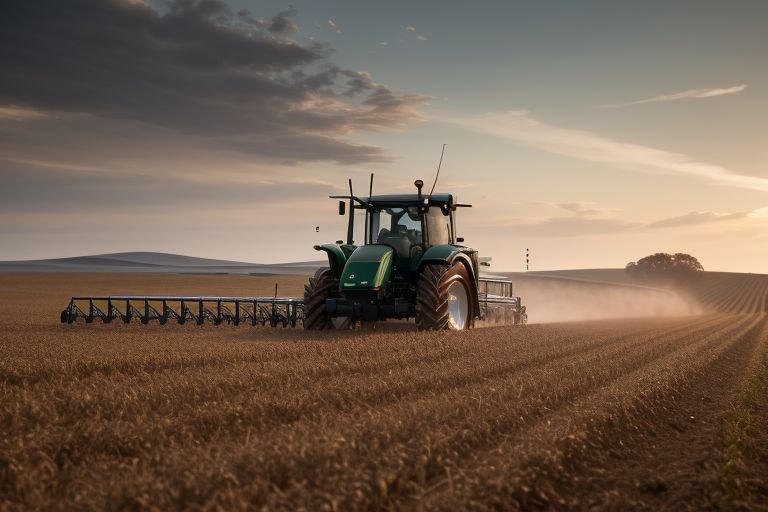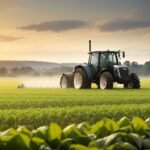The agricultural land use is experiencing a paradigm shift due to the advancement in precision farming technologies as well as availability of better technologies. This revolution is revolutionizing how farmers are managing crops, resources, and decision-making for the better yield, low impact on the environment, and high profitability.
Leading this technological change is drone and satellite imagery. These tools give the farmers an idea of the health of their fields to an extent that it becomes easy to identify diseases affecting the crops, presence of pests and even apply fertilizers and pesticides in specific areas of the field. A prominent drone maker, DJI, has revealed that sales of agricultural drones have tripled within the last year pointing to the fact that farmers in different parts of the world are increasingly incorporating this technology in their farming practices.
AI and machine learning algorithms are also used in analyzing the huge data that is generated by these aerial systems. AI has made it possible for farmers to be given real time advice on irrigation, use of fertilizers and the right time to harvest depending on the field conditions, weather and past records. Such accuracy of resource use not only ensures efficiency in the use of resources for the farming operations but also reduces the impact of farming operations on the environment.
Another factor that has significantly contributed to the revolution of precision agriculture is the Internet of Things (IoT). Advanced sensors placed in fields regularly check the moisture and temperature of the soil and the nutrient content before sending this information to the main control systems. Such real time information can then be used to trigger irrigation systems to deliver water to areas where it is required and at the right time and this has led to water conservation of up to 30% in some parts of the world.
It is worth noting that robotics is steadily making its way into the contemporary agriculture with the use of self-driving tractors and harvesting machines especially in large scale farms. These machines can work round the clock, with the help of GPS and AI systems, and accomplish work which cannot be done by human beings.
The latest self-driving tractor by John Deere that was recently unveiled at the Consumer Electronics Show has caused a lot of attention from farmers who are struggling with labor shortage and looking to automate their operations.Genetic engineering and CRISPR technology are becoming new horizons in the crop improvement.
Breeds being developed are not only ones that are more resistant to pests and diseases but also those that have higher nutritional quality and which are better suited to the changing climate. The latest development of getting the CRISPR-edited wheat approved in the United States is a big step for the use of such technologies in agriculture.
The use of blockchain technology is being applied to increase the level of transparency and accountability in the supply of food production. The whole process of a product’s production, right from the farm to the table can be tracked and traced, which is a plus for customers in terms of food quality and authenticity. It also has the ability to minimize the payment procedures and fraud cases that are associated with the agricultural business transactions.
Vertical farming, facilitated by the improvements of LED lighting and hydroponic systems is the future of urban agriculture. These high-tech indoor farms can grow fresh vegetables anytime of the year without having to relay on the weather and can also bring down the transportation costs and the carbon footprint of food transport.
It may therefore be seen that the advantages of using precision agriculture are rather obvious and apparent; the issues of course lie with the practical application of the concept. There are initial costs in adopting the technology which may be expensive for the small holder farmers. Also, it is observed that there is a requirement of qualified human capital in the agricultural sector to manage these advanced systems effectively.
The governments and the agricultural organizations are trying to overcome these challenges by launching educational campaigns, subsidies and collaborations with the technology suppliers. For example, the European Union’s Common Agricultural Policy has recently incorporated measures that aim at promoting precision farming technologies among its members.
In the future as precision agriculture advances, the world will not only be able to feed the ever growing population, but with little harm to the environment. The use of these technologies is making farming shift from an activity that relied on the farmer’s instinct and their prior knowledge to a very technical practice. This change is perhaps one of the most revolutionary changes in agriculture since the Green Revolution and holds the promise to solve most of the problems that the world agriculture faces in the 21st century.


